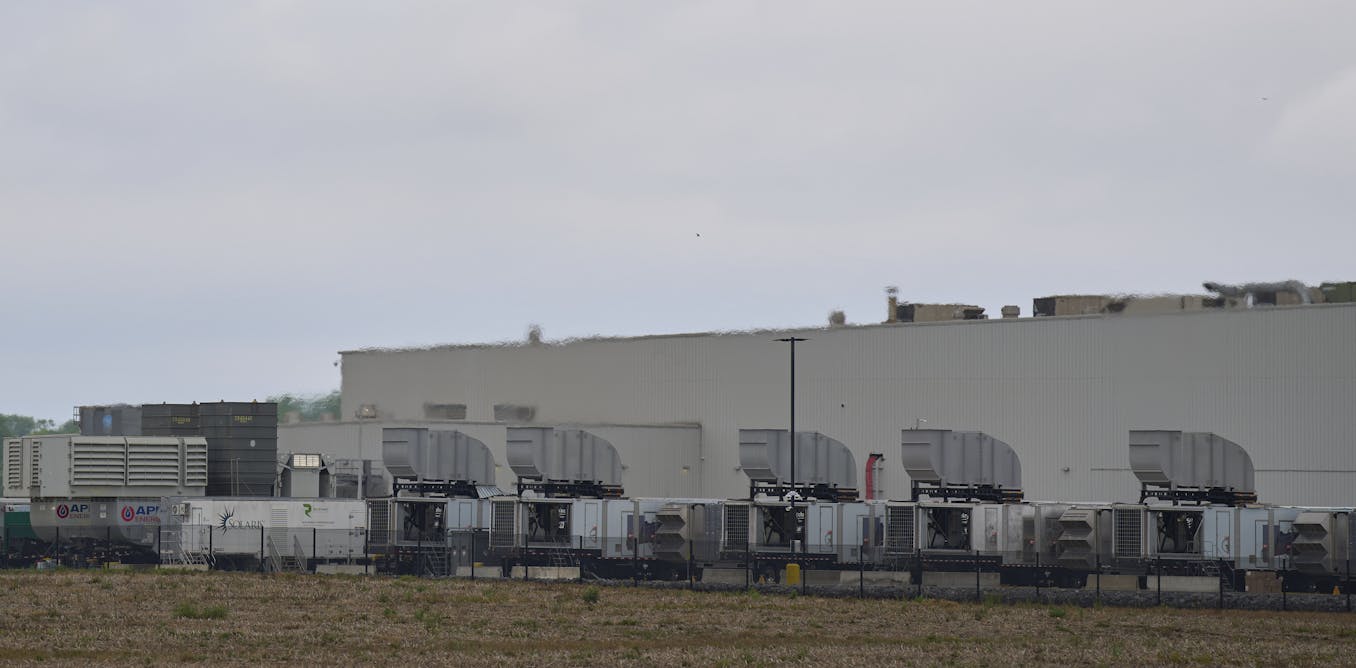Why This $27B Railway Is So Critical to NATO: The Future of Rail Baltica
In an era marked by geopolitical tensions, particularly between the West and Russia, the need for robust infrastructure that can support military operations has never been more pressing. The Wall Street Journal’s latest video in the "Breaking Ground" series delves into a pivotal project: Rail Baltica, a proposed high-speed railway system designed to connect the Baltic states—Estonia, Latvia, and Lithuania—with the rest of Europe.
NATO’s Critical Dilemma
The Baltic region presents a unique challenge for NATO. As highlighted in the video, Estonia, Latvia, and Lithuania currently have superior rail connections with Russia, which could potentially be exploited in the event of military conflict. This discrepancy underscores a significant security concern; if hostilities were to erupt, the rapid transportation of troops and military supplies could be jeopardized by Russia’s existing rail infrastructure outperforming NATO’s capabilities in the region.
The Threat of Rail Warfare
The video discusses a tactical aspect that adds urgency to the establishment of enhanced rail connections: the concept of “rail warfare.” Russia’s extensive railway network could swiftly mobilize forces and resources, leveraging its logistical advantages. This prompts a critical need for NATO to ensure its response mechanisms are not only efficient but also capable of countering potential threats presented by these existing connections.
Understanding Rail Baltica
At the heart of this discussion is Rail Baltica, a transformative project aimed at bridging northern Europe. Spanning approximately 540 miles, this high-speed railway is set to facilitate not just passenger travel but also military and logistical operations. By enabling direct connections to central Europe, Rail Baltica promises to fortify NATO’s strategic positioning and improve response times in crisis situations.
Navigating Project Challenges
Despite its potential, Rail Baltica faces significant hurdles. The video highlights ongoing funding challenges and construction delays that imperil the project’s timely completion. With an estimated cost of $27 billion, financial constraints threaten to derail the critical infrastructure initiative, raising serious questions about its viability and the ability of NATO to respond effectively in times of need.
Looking Ahead
The concluding chapter of the video poses critical reflections on the future of Rail Baltica. As political and economic pressures mount, the necessity for NATO to remain agile and responsive is more crucial than ever. The foresight to invest in such significant infrastructure could very well dictate the alliance’s operational efficiency in the face of evolving threats.
In a world where the geopolitical chessboard is constantly shifting, Rail Baltica stands out as not just a rail project, but a strategic linchpin for NATO’s security landscape. The stakes are high, and the journey to completion could redefine the balance of power in the region.
As these developments unfold, the implications extend beyond transportation; they encompass national security, alliance solidarity, and the future of military readiness in Europe.
Watch the video by The Wall Street Journal
Video “Why This $27B Railway Is So Critical to NATO | WSJ Breaking Ground” was uploaded on 05/13/2025 to Youtube Channel The Wall Street Journal



































the amount of bots in the comments is outrageous…
A real game changer! Important information at a crucial point in time! Good reporting, WSJ!
$27B? Why should US invest more in EU? Lets EU handle themselves and pay for it.
Be sure it has a Bar! 🍺 😂 Then a restaurant with 🍷 wine!!! If you gotta move, do it in comfort too!
Focus on peace making
Contrary to what's said in this video, the purpose of this project is not and never was militarily. It's part of a much bigger EU scheme to upgrade and build high-speed railway lines for economic purposes in the first place.
Thank you….from russia
End NATO ☮️💞
5:55 Estoy completamente de acuerdo😊… Ojalá fuera un banquero de inversiones🤑 e hiciera mucho dinero, así que CRA💸 se me quita la espalda… Para obtener la mejor financiación financiera e inversión, tiene #TDBank💳… 🌎💘💰
I live few kilometers away from where this Rail is being Built in Lithuania And guess where ALL the trucks carrying all the supplies for Rail building goes through… you guessed it…. on the street where I live. Each day hundreds of trucks drive back and forth making even calm days fairly noisy
End nato. ☮️
1:02 like metro exodus
This article makes it sounds like the main reason for this rail is to evacuate civilians in case of Russian invasion
They're likely going to get the money needed. It doesn't make sense to give money to Ukraine meanwhile not fund this project.
Typical EU project. Essential but over the budget and delayed…
If you could have a purpose you could do as as group of individuals there is no reason to try to achieve it. Thank you for doing that art in a name of freedom, but personally all budget is spent on that and you get nothing in return for yourself or your home – as Starfire or Hank Hall you do get some supercomputing services. 0:44 yes promise me it warcraft peon if you were active on your channel since you first created it. I don't need a proof of a tank and rest of population may not understand it. 4:25 personally I have some fear using social media publicly I believe rest population does have it too and those brave players are explorers. Flag understood as an opposing team. Train me on understanding and recognizing sings in a video so i have anything to say and if everybody does it as I do or any radio station does – it's a cleanable folklore home party after it.
Russia and North Korea turn their war alliance into a propaganda tool: https://on.wsj.com/4369TmN